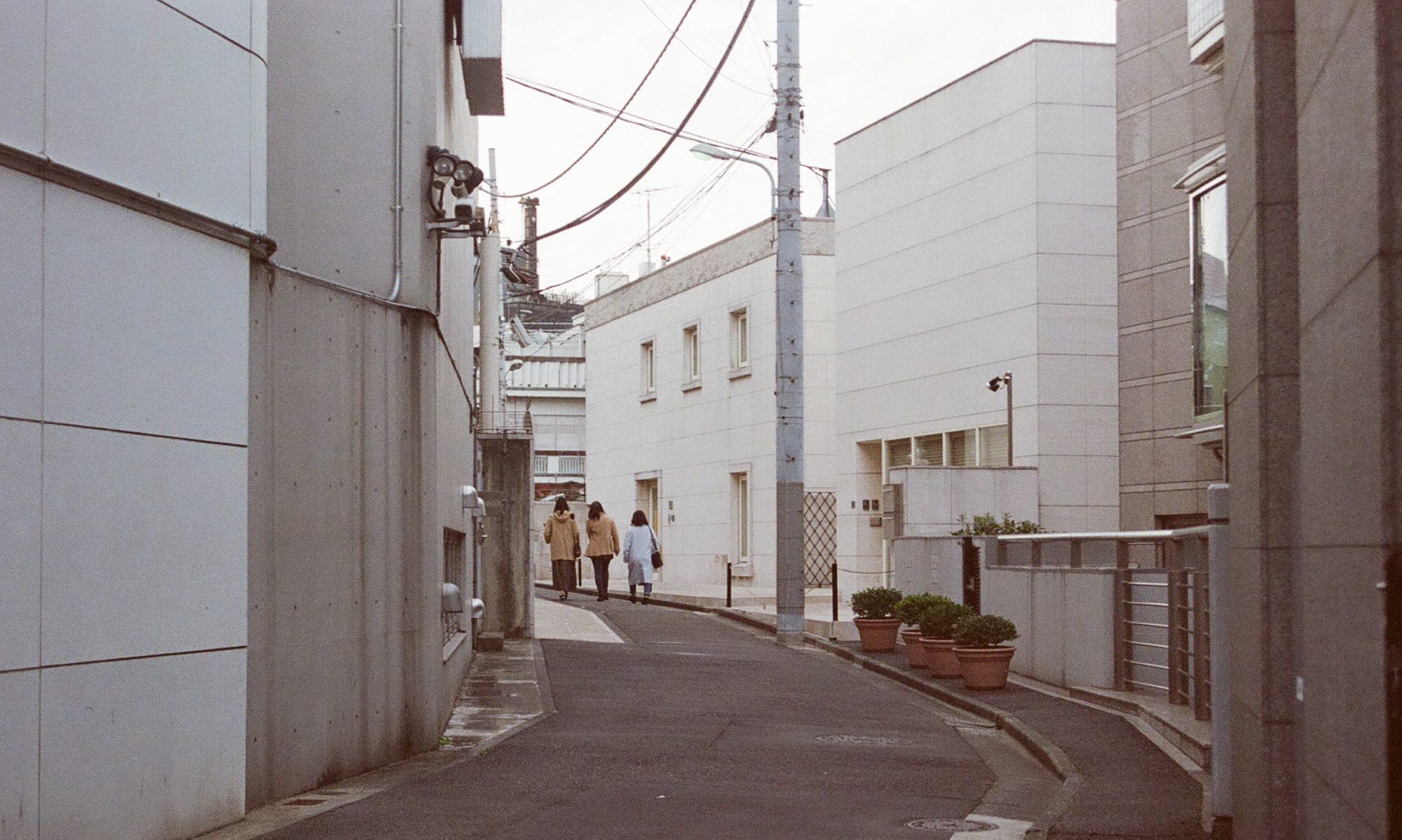LIGHT TEXTURES CLASSIFICATION
Framework for perceptual experience and understanding of light
LIGHT
– Atmosphere
– Luminosity framework – Spatial structure, Appearance, Source


- Further classify the descriptions into ‘tactile’ or ‘textural’ qualities
> The descriptions for the ‘atmosphere’ and ‘appearance’ of light hold most words that can be translated into tactile qualities - Can induce sensory feedback – haptic qualities
LIGHT SOURCE
- I would have to determine what kind of light source I would like to work with – natural vs artificial
INTERACTIVE SPACE
– Transform the way light is experienced in a space -> induce/ trigger a sense of touch/ haptic feedback
Using vibration/ proprietary muscle response:


LIGHT IN SPACE – ARCHITECTURE
Explore the difference in visual textures due to the interaction of light and materials


ARTISTS
http://www.phonomena.net/ilinx/
Doug Wheeler
SPACE AND PLACE – Yi-Fu Tian
“What sensory organs and experiences enable human beings to have their strong feeling for space and for spatial qualities? Kinaesthesia, sight and touch
- Movements such as the simple ability to kick one’s legs and stretch one’s arms are basic to the awareness of space. Space is experienced directly as having room in which to move. Moreover, by shifting from one place to another, a person acquitters a sense of direction. Forward, backward and sideways are experientially differentiated, that is, known subconsciously in the act of motion.
- Space assumes a rough coordinate frame centred on the mobile and purposive self . Human eyes, which have bifocal overlap and stereoscopic capacity, provide people with a vivid space in three dimensions.
- Experience, however, is necessary to perceive the world as made up of stable three-dimensional objects arranged in space rather than as shifting patterns and colours.
- Touching and manipulating things with the hand yields a world of objects – objects that retain their constancy of shape and size. Reaching for things and playing with them disclose their separateness and relative spacing.
- Purposive movement and perception, both visual and haptic, give human beings their familiar world of disparate objects in space. Space is given by the ability to move. Movements are often directed toward, or repulsed by, objects and places. Hence, space can be variously experienced as the relative location of objects or places, as the distances and expanses that separate or link places, and – more abstractly – as the area defined by a network of places.“
CHAPTER 4 – Body, Personal Relations and Spatial Values
Fundamental principles of spatial organization:
1. The posture and structure of the human body
2. The relations (whether close or distant) between human beings
DIRECTION FOR FINAL FORM – Interactive Space
– Other interesting aspects to consider:
1 . The physicality of space vs. the intangibility of light – Interactions
2. Movement of bodies and bodily actions – walking vs. reaching out
3. Tactile sensations/ vibration – real or artificial?
4. The dimension of time – Can spatial awareness be translated by the relative amount of time spend in a space?
> What can be an indication of time?
5. Temperature – Can give a new sensory experience?
6. Time/ Site-specificity of light – sun light
Over the next 2 weeks:
‘Light textures’ Classification framework
Sensory experiments/ study + results > Creating light atmospheres with different qualities
Prototype of finger tactile sensory substitution (TSS) device to sense ambient light (space)
Deliverables for final presentation:
- Light Textures classification framework
- 360 recordings of the sensory experiments/ immersive atmospheres (would be used for my web design site for fyp documentation) + touch haptic feedback
- One good ‘live’ sensory experiment to be experienced in the ‘perceptual box’
- Prototype of the finger TSS device for spatial/ light sensing
